Table of Contents
Gupta Empire Important Facts:
- The founder of the Gupta dynasty was Sri Gupta. He was succeeded by Ghatokacha.
- These two were called Maharajas.
Chandragupta I (320-330 A.D.):
- Chandragupta I was the first independent Gupta empire ruler & called himself ‘Maharajadhiraja‘ (the great king of kings).
- Married the Lichchavi Princess, Kumaradevi, which was politically very strategic for Gupta empire.
- He is considered to be the founder of the Gupta era which starts with his accession in A.D. 320.
Samudragupta (330-380 A.D.):
- Title – Vikramanka. Also called Dharma Prachar Bandhu ; Licchavi-dauhitra.
- An inscription engraved on the Ashokan Pillar at Allahabad dating to 4th century A.D., known as the Allahabad Pillar Inscription or Prayaga Prashasti (composed by his court poet, Harisena) , gives us information about Samudragupta’s accession & conquests.
- Performed Asvamedha sacrifice after his military victories.
- Because of his military achievements, Samudragupta was hailed as “Indian Napoleon” by V.A.Smith.
- Virasena– was his commander in Southern Campaign.
- Samudragupta’s issued eight types of Gold coins. They were of Yupa type.
- Shown playing the lute or Veena on some of his coins.
- Also called Kaviraja because of his ability in composing verses.
- Samudragupta wrote Krishna Charitam.
- He was an ardent follower of Vaishnavism but was tolerant of other creeds.
- He evinced keen interest in Buddhism & was the patron of the great Buddhist scholar Vasubandu (author of Abhidharamakosa).
- He granted permission to the Buddhist king of Ceylon, Meghavarman to build a monastry at Bodh Gaya & was hence given the title of “Anukamparan” (Full of Compassion).
Chandragupta II (Vikramaditya, 380-415 A.D.):
- Disputed succession followed him between his sons, Ramagupta & Chandragupta II according to a drama, Devichandraguptam by Visakhadatta.
- Mehrauli Iron Pillar inscription (belongs to Chandragupta II; Brahmi script ; in honour of vishnu) claims his authority over North-western India & a good portion of Bengal.
- Fa-Hien (Chinese Pilgrim) travelled during his period.
- First Gupta ruler to issue Silver coins.
- He defeated the last saka ruler Rudra Simha III & annexed territories of Western Malwa & Gujarat.
- He also took the title of Simhavikrama.
- Made ujjain the second capital of empire.
- His court was adorned by the Navratnas-
- Kalidasa – Shakuntala (Sanskrit drama) ; Malavikagnimitra ; Vikramorvasiya ; Raghuvamsa ; Kumarasambhava ; Ritusamhara ; Meghaduta.
- Harisena – Allahabad Pillar Inscription or Prayaga Prashasti .
- Kahapanaka – was an astrologer.
- Shanku -in the field of Architecture.
- Dhanvantri – was a great Physician. Nighantu was his work.
- Vetalbhatta – was a magician.
- Amarsimha – compiled a lexicon called Amarkosa.
- Vararuchi – Prakrit Prakasha (first grammar of Prakrit Language).
- Varahamihira – Pancha Siddhantika (five astronomical systems) ; Brihadsamhita ; Brihadjataka.
Kumaragupta I (415-455 A.D.):
- Title – Mahendraditya.
- Important Inscription – Mandsor & Copper plate inscription.
- He also performed an Asvamedha Sacrifice.
- He founded the Nalanda University.
- First Hun invasion took place during his reign.
Skandagupta (455-467 A.D.):
- 5th century A.D.- Huns, called Ephthalties were defeated by him & sent back for a century to come.
- Junagarh inscription mentions that his Governor, Parhadatta got the Sudarshana lake repaired.
- Adopted the title – Vikramaditya.
- Succeeded by Buddhagupta & Vishnugupta was the last ruler of the imperial Guptas.
Gupta Empire- Administration:
- The Gupta Empire was divided into Various administrative units-
- Empire – Central of the King ; assisted by Mantri or Sachiva – Chief Minister ; Senapatis – Military Officers.
- Provinces were known as Bhuktis & provincial governors as Uparikas.
- Bhuktis were subdivided into Vishyas or districts & governed by Vishyapatis.
- Sub-district – Peth.
- Villages – Grama ; under Gramika & Mahattar.
- Nagara Sreshits were the officers looking after the city administration.
- Religious grants , called Agraharas were made to Brahmins, which were hereditary & tax free perpetually. Example – Nalanda & Gaya grants of Samudragupta.
- Guptas also made Devagrahara & secular grants which led to the beginning of the process of Sub infeudation.
- Land revenue was the main source of state income. Both kalidasa & the author of Narada smriti state that one-sixth of the produce should be claimed as the royal revenue.
- Important Terms:
- Sandhivigrahika – War & peace ;
- Pilupati – head of elephants ;
- Asvapati – head of horses ;
- Narapati – head of foot soldiers ;
- Ranabhandagarika – officer-in-charge of stores ;
- Akshapataladhikrita – Accounts ;
- Pustapala – Records ;
- Vishti – Forced Labor.
Gupta Empire- Literature:
| Writer | Works |
|---|---|
| Visakhadatta | Author of two Sanskrit dramas – Mudrarakshasa & Devichandraguptam. |
| Sudraka | Mrichchakatika. |
| Bharavi | Kritarjuniya. |
| Vishnusarma | Panchatantra Stories. |
| Amarasimha | Amarakosa. |
| Dandin | Kavyadarsa & Dasakumaracharita. |
| Subhandhu | Vasavadatta. |
| Kalidasa | Abhigyanashakuntalam. |
| Aryabhatta | Aryabhattiyam (deals with mathematics & astronomy) |
| Varamihira | Pancha Siddhantika ; Brihadsamhita (delas with astronomy, astrology, geography etc) ; Brihadjataka (standard work on astrology). |
| Vasubandhu | Abhidharmkosa. |
| Harisena | Prayaga Prasasti ; Brihatkatha kosha. |
| Kamandaka | Nitisara (Arthasastra of Gupta Period). |
| Brahmagupta | Brahmagupta siddhanta ; Khanda Khadyaka. |
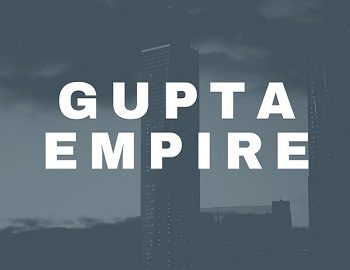

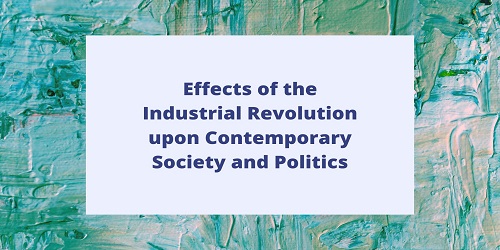
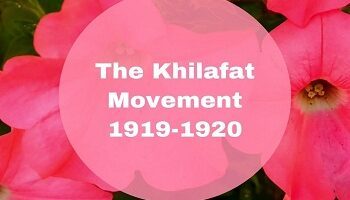
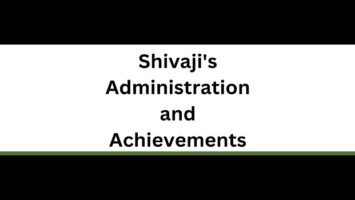
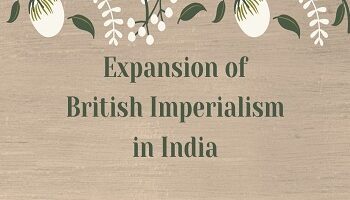
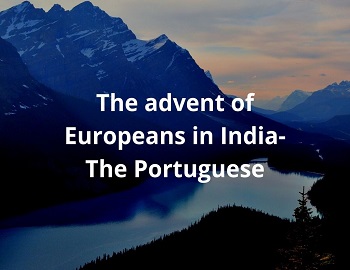
![Causes of French Revolution [1789] 8 Causes of French Revolution](https://gkscientist.com/wp-content/uploads/2021/05/Causes-of-French-Revolution.jpg)
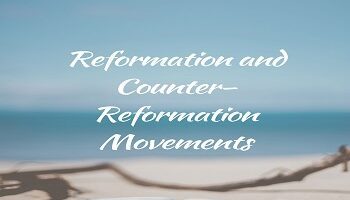
Comments (No)